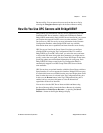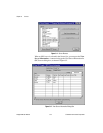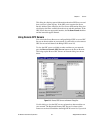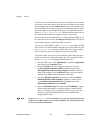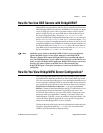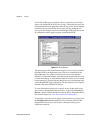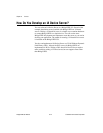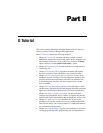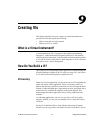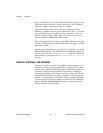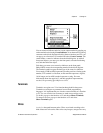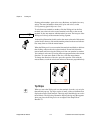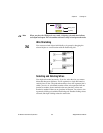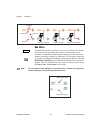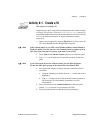
Part II
G Tutorial
This section contains information about the functionality of G that you
need to get started with most BridgeVIEW applications.
Part II, G Tutorial, contains the following chapters.
• Chapter 9, Creating VIs, introduces the basic concepts of virtual
instruments and provides activities that explain how to create the icon
and connector, how to use a VI as a subVI, how to use the VI Setup…
option, and how to use the SubVI Node Setup… option.
• Chapter 10, Customizing VIs, introduces the basic concepts used for
customizing VIs.
• Chapter 11, Loops and Charts, introduces structures and explains
the basic concepts of charts, the While Loop, and the For Loop.
• Chapter 12, Case and Sequence Structures and the Formula Node,
introduces the basic concepts of Case and Sequence structures, and
provides activities that explain how to use the Case structure, how
to use the Sequence structure, and what sequence locals are and
how to use them.
• Chapter 13, Front Panel Object Attributes, describes objects called
attribute nodes, which are special block diagram nodes that control the
appearance and functional characteristics of controls and indicators.
• Chapter 14, Arrays, Clusters, and Graphs, introduces the basic
concepts of polymorphism, arrays, clusters, and graphs and provides
activities that explain auto-indexing and the Graph and Analysis VIs.
• Chapter 15, Application Control, introduces the VI Server and
provides an activity that explains how to use it within BridgeVIEW.
The VI Server allows you to control when a VI is loaded into memory,
run, and unloaded from memory.
• Chapter 16, Program Design, suggests some techniques to use when
creating programs and offers programming style recommendations.



